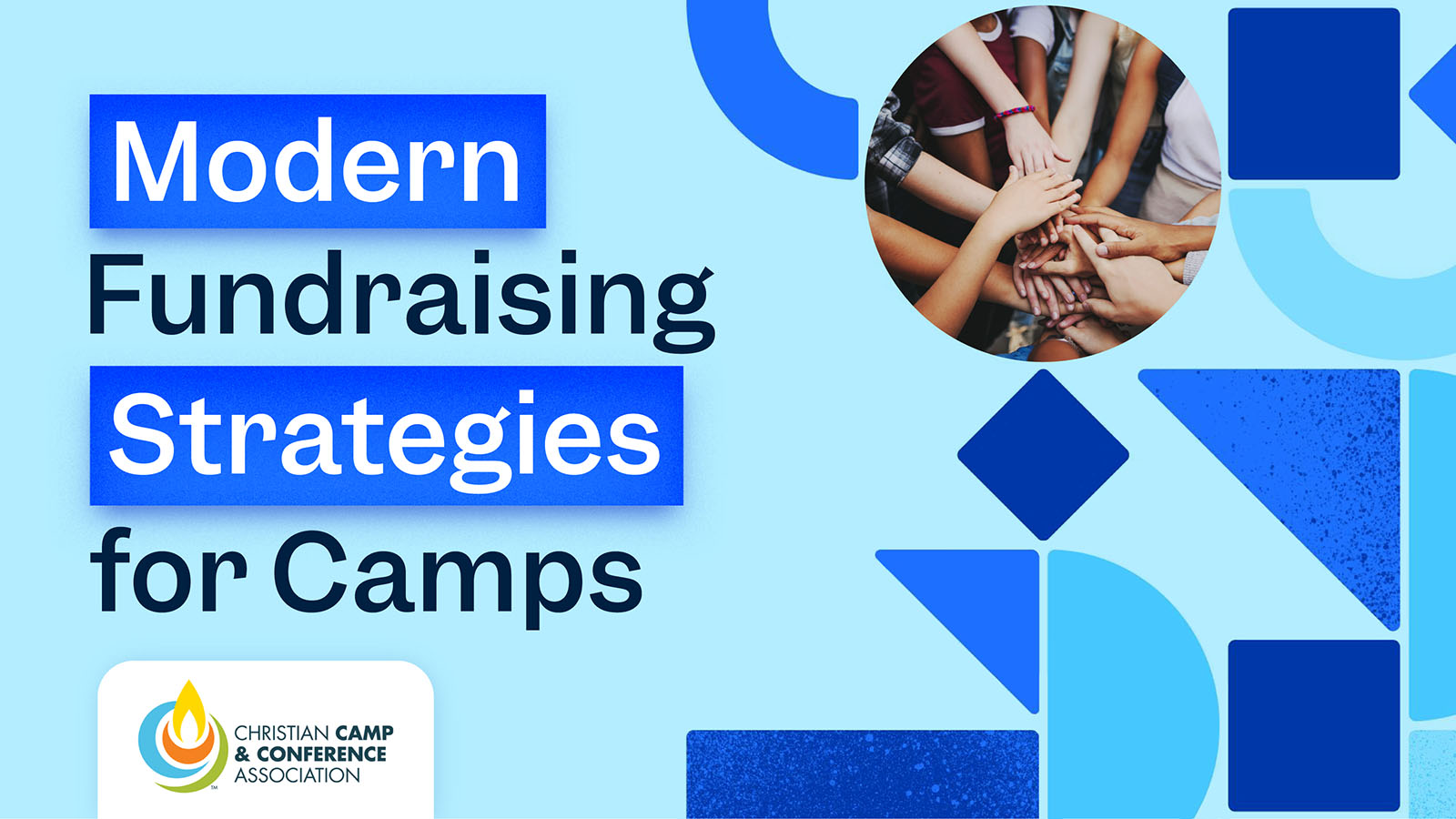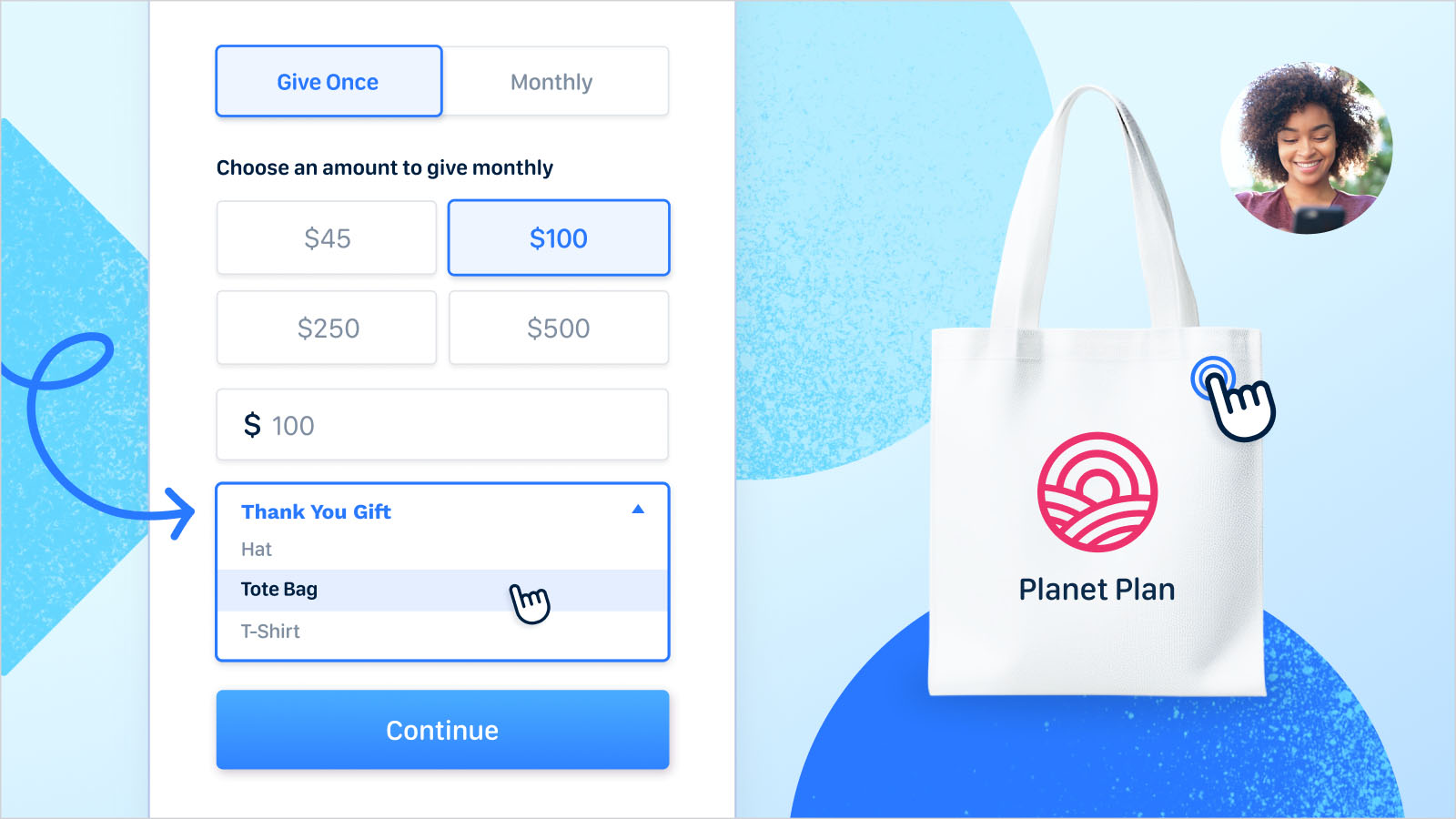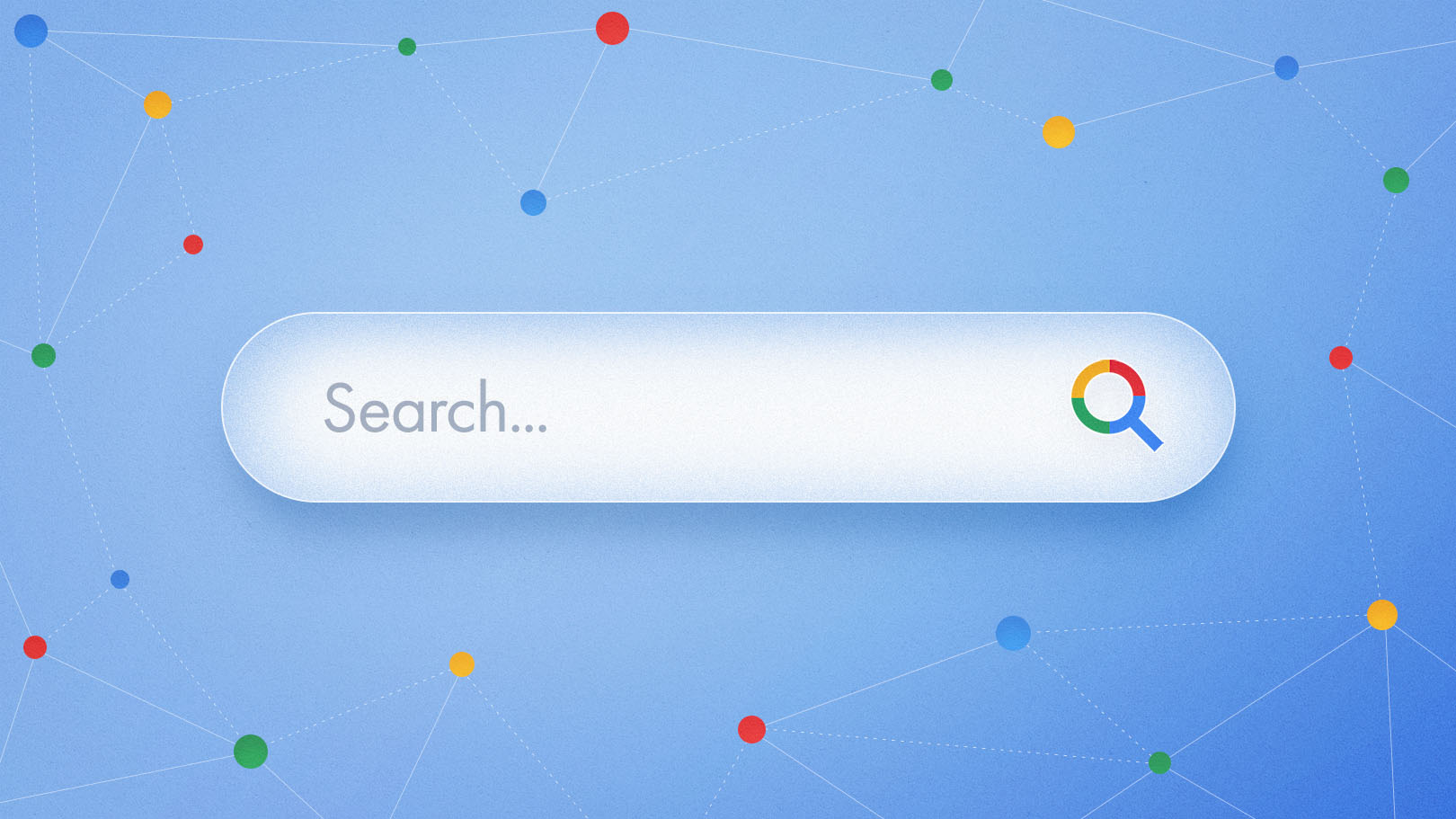The Blue Magoos once sang, “One day you’re up, and the next day you’re down.” More than five decades later, their words still resonate with the thousands of nonprofiteers who have navigated the oft-unpredictable ebb and flow of nonprofit donations. But more and more, these same professionals are considering something different. Something bold. Something better. And that something is a subscription model.
What does a subscription model look like for nonprofits?
A subscription model isn’t a revolutionary concept; in fact, the first subscription-based service dates all the way back to the 1860s, when folks could subscribe to regular deliveries from their local milkman. (Go ahead and share that factoid at your next donor luncheon!) While many nonprofits already use a subscription model in the form of recurring giving programs, more and more are thinking outside the box and introducing subscription programs that provide tangible benefits each month. These models are win-win-win for clients, donors, and brands—and that makes them a huge win for your organization.
Let’s take a closer look at a couple of examples of nonprofits that are subscribing to a subscription model.
Phoenix Society for Burn Survivors connects survivors to products and services
Phoenix Society for Burn Survivors seeks to empower and connect burn survivors around the world. With such a personal mission, they’re constantly working to improve their services to meet their community’s unique needs throughout their journey. After a recent deep dive with community members, they found that the transition from ICU to home was one of the most challenging times for burn survivors. In the hospital, everything is taken care of, but when survivors come home, they’re suddenly faced with a plethora of decisions and a lack of basic necessities, like lotions, clothing, and dressings. So, Phoenix Society set out to change that.
While the program is still in its infancy, the organization has been working with brands to create a subscription kit that introduces survivors to the products they need to thrive in their new normal. Donors fund the kits, brands grow their reach, and survivors have one less thing to worry about. Explains Amy Acton, CEO of Phoenix Society, “When we started looking at the numbers, we’re bringing one or two thousand new people into the organization every year, but there are 40,000 people treated at burn centers across the country, and it’s very regionalized care. So, if we can grab half that group and serve them better by providing them with the companies that have the specialty things they need, that’s a match made in heaven.”
PBS subscribers give back and get perks
We all know and love PBS, but like any network, they’ve had to make some changes to keep up with our changing media landscape—and, as a nonprofit, they had an extra-steep mountain to scale. The public broadcaster looked to other streaming services for inspiration, leading to the creation of the PBS Passport, a members-only benefit. Anyone who gives a monthly donation (as little as $5) to their local PBS station gets instant access to the Passport and can stream over 1500 episodes of popular PBS shows. That means PBS gets recurring donations, supporters get to watch their favorite shows, and everyone continues to get access to high-quality, educational media. That’s what we mean by win-win-win!
What are the benefits of a subscription model?
As you can see from these examples, subscription models bring a myriad of most-marvelous benefits for everyone. Depending on how you approach it, subscription benefits can include the following.
Subscription benefits for your nonprofit organization:
- Increased revenue
- Predictable revenue
- A solid community
- Better donor retention
- An opportunity for innovation
Subscription benefits for donors:
- Fun benefits
- Tangible impact
- Less gift planning
- A sense of community
Subscription benefits for nonprofit clients:
- Tangible benefits
- Regular contact with your organization
- Exposure to relevant brands and services
All together now: Can your nonprofit use a subscription model?
To wrap things up, it’s back to our original question: can you, should you, would you use a subscription model? While the actual program will depend on your organization’s size, budget, services, and general capacity, our answer is a resounding yes! Using a subscription model can be the key to unlocking sustainable funding, building a(n even more) loyal community of donors and clients, and putting a spring back in your nonprofit step. Anyone can start a subscription program with a little ingenuity and elbow grease, so get clicking!
If you’re on board, we have a full guide on how to create a subscription website for nonprofits. Happy subscribing!































.webp)
.webp)











.webp)
.webp)

.webp)
.webp)
.webp)




